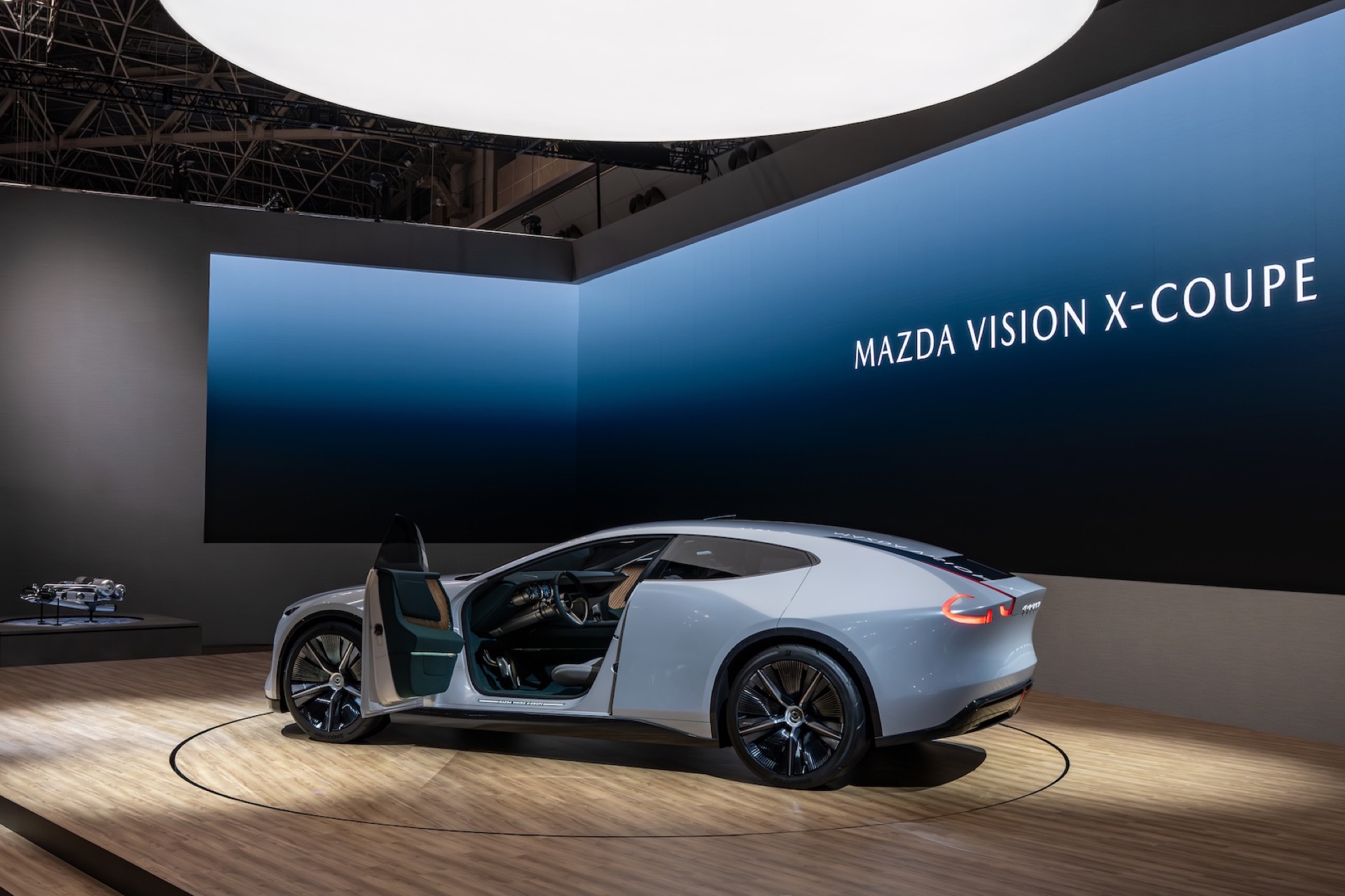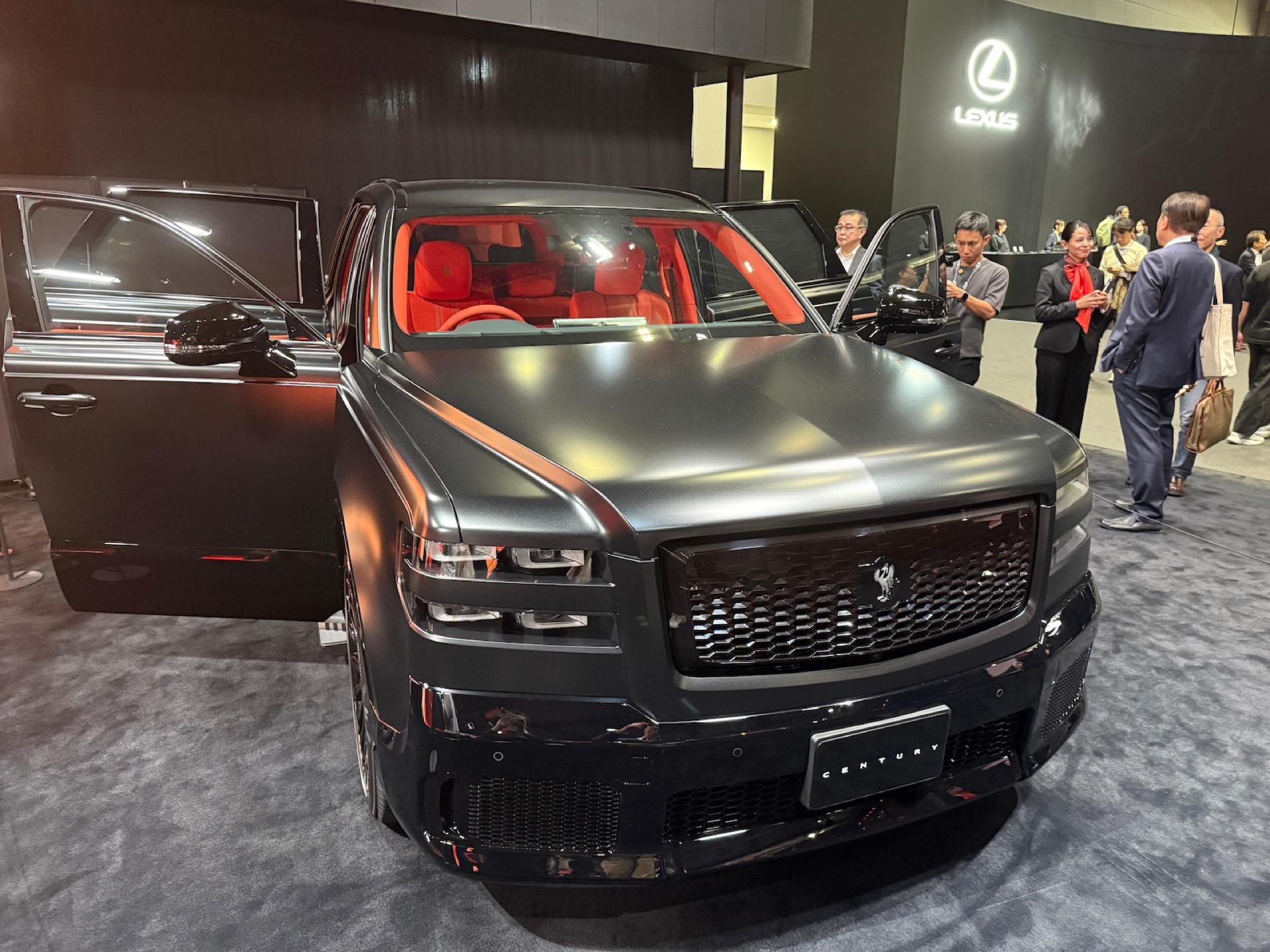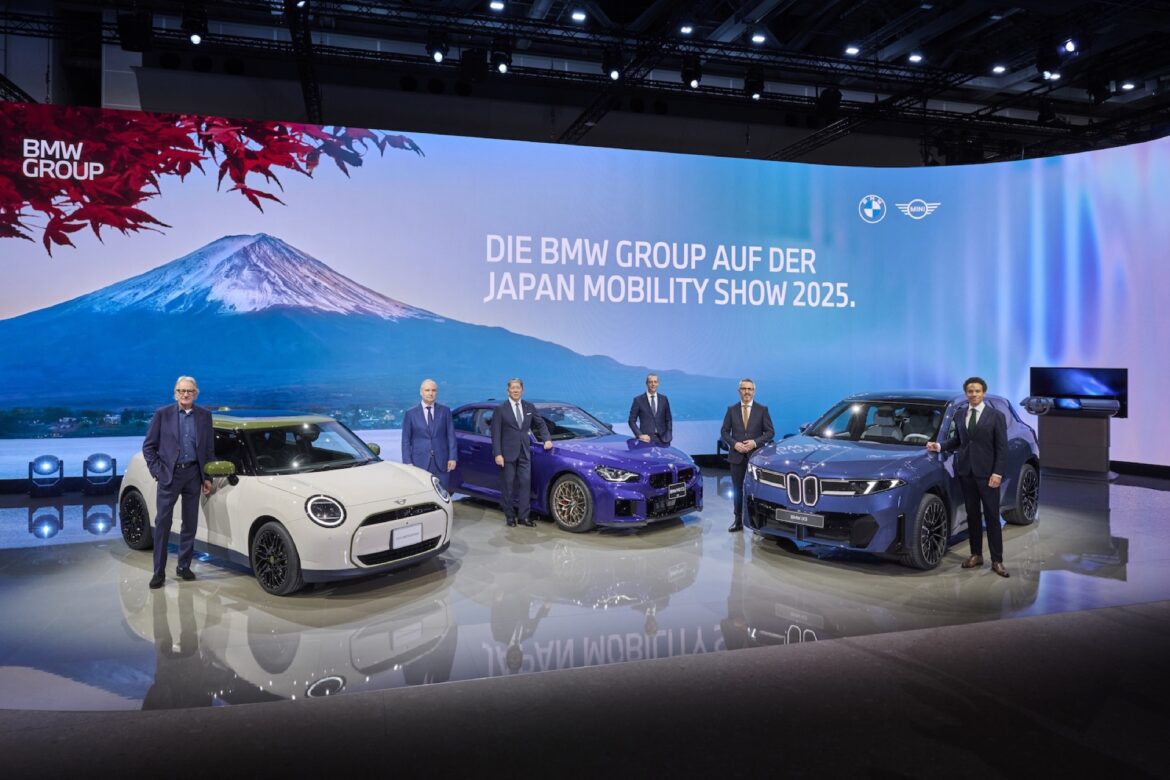The days when the Tokyo Motor Show was a globally renowned showcase of automotive prowess are long gone. Now rebranded as the Japan Mobility Show, the biennial mega-event in Tokyo has morphed into a broad celebration of mobility in all its forms. And while the local market remains as unique and fascinating as ever, no brand wants to be caught misfiring.
Anyone assuming that electric drivetrains dominate in Japan—or that they would headline this event—would be very much mistaken. A brief drive through Tokyo, a megacity of over 30 million, reveals that EVs are still fringe players on Japanese roads. Depending on the brand, electric vehicles make up only a small single-digit percentage of new car registrations. Public chargers are rare, and where electrification does exist, the Japanese still prefer their tried-and-tested hybrid tech, especially for navigating urban traffic where it meaningfully improves real-world efficiency. As for what dominates the streets, it’s the same story as always: tiny kei cars remain the heartbeat of the world’s largest metropolis—affordable, tax-friendly, and perfectly adapted to urban life.
This distinctive domestic flavour extends from the streets into the cavernous halls of Tokyo Big Sight. National brands such as Toyota, Mazda, Nissan, Suzuki, Mitsubishi, and Honda firmly set the tone for the show, each putting their unmistakably Japanese stamp on proceedings. BMW is one of the few European manufacturers that continues to make a big play here. Yet brands like Volkswagen, Audi, Mercedes, and Porsche still maintain significant appeal among Japanese car enthusiasts, even if the show itself has become less of a priority for them.
Toyota continues to build the legend of the Land Cruiser with the unveiling of the all-new Land Cruiser FJ. At 4.57 metres long and based on the Hilux Champ sold in Southeast Asia, it’s powered by a 2.7-litre four-cylinder petrol engine delivering 161 PS, paired with a six-speed manual and switchable four-wheel drive. Even more striking on Toyota’s stand is the ultra-luxury Century sub-brand. Once the exclusive domain of Japanese royalty and top CEOs—originally powered by V12s and later hybridised V8s—Century is now a premium sub-label showcasing high-end SUVs.

Mazda unveiled two eye-catching concept cars with clear production potential. The 510 PS Vision X Coupé, a plug-in hybrid, previews a new performance flagship. Meanwhile, the rounded, city-friendly X-Compact looks like a direct preview of the next-generation Mazda2. Also flying the compact flag is Mini, a brand with deep affection in Japan. The new Paul Smith Edition Cooper made its debut here, celebrating both the model and the 79-year-old designer. In such revered company, even the new BMW iX3 seemed to fade into the background at its Asian premiere.
Tokyo without kei cars? Unthinkable. These micro machines, typically powered by tiny turbo engines under 660cc, remain omnipresent. Suzuki used the show to prove they can be electric, too. The Suzuki Vision e-Sky previews a compact EV set to launch next year, offering 270 km of range in just 3.4 metres of length—ideal for Tokyo, Osaka, or Kyoto. The e Every Concept van, developed with Toyota and Daihatsu, shares the same dimensions and promises 200 km of range.

Mitsubishi’s Elevance Concept previews the brand’s future flagship, based on the next-generation Outlander platform. CEO Takao Kato says it “combines our best electrification and all-wheel-drive technologies,” while the Delica range continues to evolve in design and performance. Nissan, meanwhile, made waves by bringing the iconic Patrol SUV back to Japan for the first time since 2007. Closely related to the new Micra (itself a cousin of the Renault 5), the Patrol returns to do battle with the Land Cruiser, G-Class, and Range Rover.
Perhaps more significant for Nissan is the all-new Elgrand. Since 1997, it has defined the premium minivan segment in Japan. Now in its fourth generation, it brings updated design and new electrified drivetrains to a category that’s hugely important locally. Kawasaki also made a splash, unveiling hydrogen-powered concepts for both quad bikes and motorcycles. Subaru revived its STI badge with the Performance-E STI and Performance-B STI concept cars. And for those preferring a rugged aesthetic, Wilderness versions of the Forester and Outback were also on display.



AloJapan.com